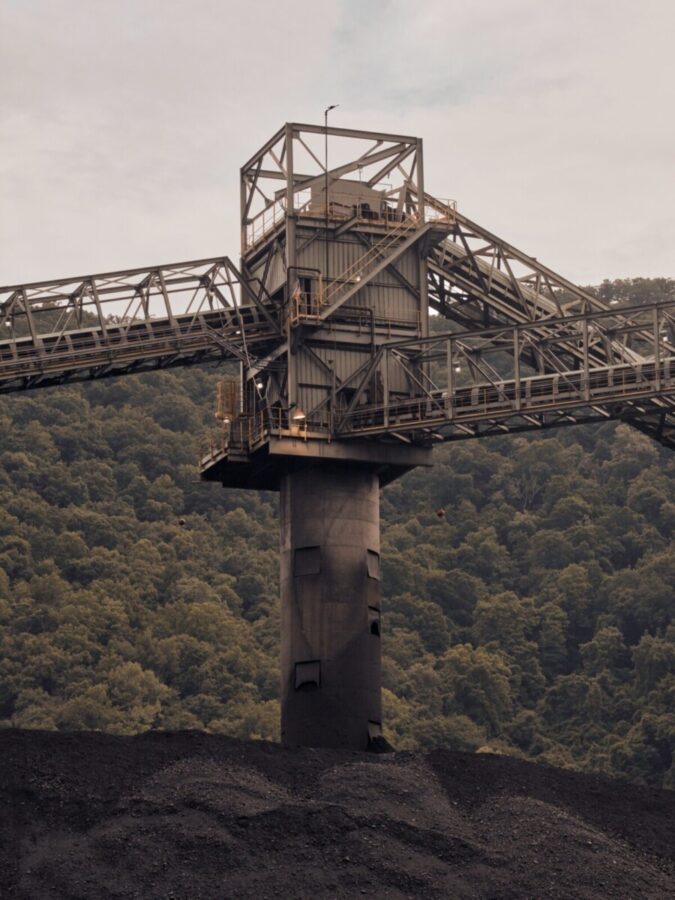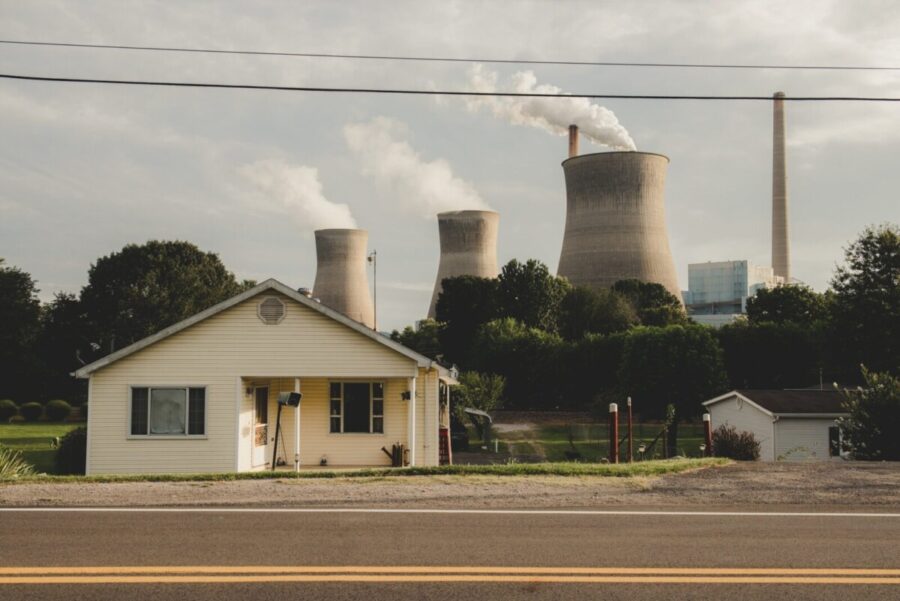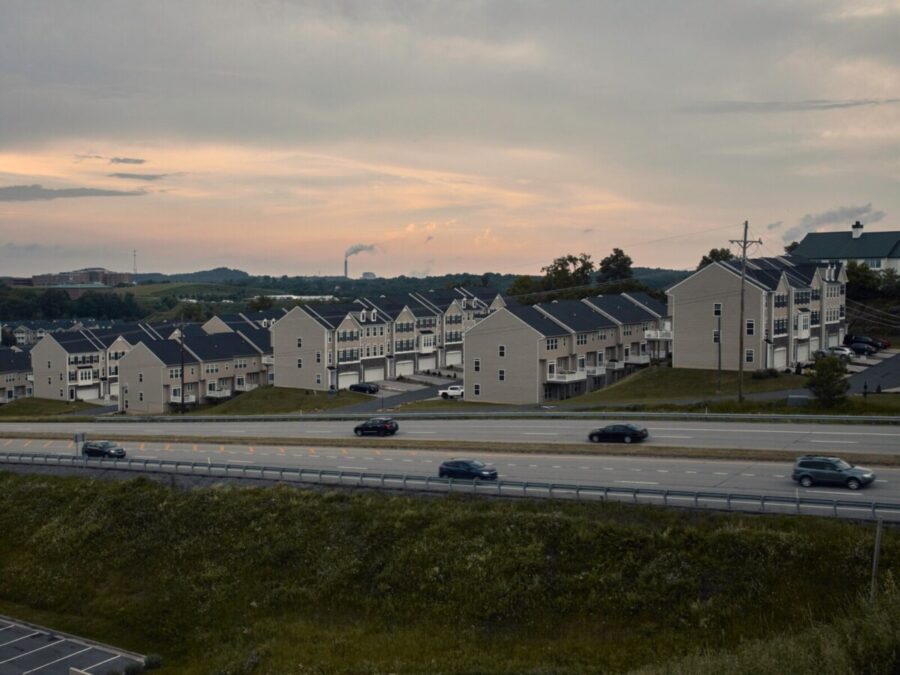West Virginia Has Everyone’s Attention. What Does It Really Need?
Comments Off on West Virginia Has Everyone’s Attention. What Does It Really Need?With the right federal response, it could become a model of renewal for other places around the country that prosperity has left behind.
The wisecrack about West Virginia is that it can now have whatever it wants: fancy new highways, a federal installation or two, maybe a few extra grand per capita in stimulus checks.
Joe Manchin, the state’s senior senator and a centrist Democrat, has swiftly become one of the most powerful politicians in Washington, a critical swing vote in an evenly divided Senate. By himself, he can shoot down filibuster reform, shape the economic recovery or moderate liberal hopes for the minimum wage. So just give the man what he wants, Democrats laugh uneasily.
But there is a deeper possibility in this unusual alignment of one senator, one struggling state and one suddenly attentive capital.
“The joke is that we’re going to have a futuristic West Virginia,” said Kelly Allen, the executive director of the West Virginia Center on Budget and Policy. “The honest answer of it, from our perspective, is that West Virginia and Appalachia deserve an outsized piece of any federal recovery policy.”
That’s because the region’s decades-long role in powering the nation through coal, she said, came at enormous cost to the health of local residents, their environment and their economy. A serious federal response to that history could both bolster the state and be a model for other parts of the country that have been left behind.
West Virginia ranks among the most distressed states in child poverty rates and median incomes, in population loss and in working-age adults out of the labor force. Economists and local community leaders agree that the federal government has done a poor job helping to lift up such places. Maybe West Virginia, with all its newfound leverage, can force Washington to do better.
The state’s residents have ideas. They dream of broadband, vast brownfield cleanup efforts, greater aid to community lenders who operate where traditional banks won’t, more resources for high-quality housing and health clinics — investment on a scale that would return to the region all the wealth that was taken out of it by resource extraction.

“What we see is a part of the country that has been neglected by the change of an industry, and nothing came behind it,” said Jim King, the president and chief executive of Fahe, a network of more than 50 organizations working to make Appalachia more prosperous. “And it seemed that no one noticed or cared outside of our region.”
Within West Virginia, a number of organizations short of money are already operating with what Brandon Dennison, an eighth-generation resident, described as a “righteous anger” about rebuilding the state.
“On a spiritual level, in my bones, I know this place, it’s good, I know it has a lot to offer,” said Mr. Dennison, who founded Coalfield Development, an organization that provides work force training and jobs in construction, tourism and solar power, across the southern part of the state hurt most by coal’s decline. “And I know it’s not been able to offer all that it can because of various barriers.”
Many of those barriers went up generations ago, said William Hal Gorby, a historian at West Virginia University. In the 1870s, the state established a system for legally separating land ownership from mineral rights. This meant that families who owned land seldom profited from the coal underneath, which was mined by companies based out of state and used to power industrialization elsewhere. The coal industry also amassed political power early in the 20th century faster than anyone could mount a campaign to tax it. So to this day, West Virginia doesn’t have the kind of longstanding permanent fund that enables some other states to return resource wealth to their residents.
“The big theme of West Virginia historically is our wealth and our income is not here, it’s taken somewhere else,” said Sean O’Leary, a senior policy analyst with the West Virginia Center on Budget and Policy. “That leaves us with very little to grow and invest and work on ourselves.”
And, indeed, much of the country prospered as West Virginia remained poor. Changing that picture now may require rethinking what it means for this part of the country to get its fair share from Washington.

Resources ‘tend to flow to places of density’
Many of the dynamics today in West Virginia would be familiar in old industrial towns in the Northeast, or in rural communities across the Midwest. The population is declining as young residents move away. So the tax base and ability to fund services are also shrinking. That makes it hard to support businesses, to prop up the housing market, to reinvent the economy.
This is a relatively new pattern: that broad parts of the country are falling further behind, as other places grow more prosperous. For much of the 20th century, poorer parts of the country were catching up in wages. That trend ended around 1980, according to economists, when globalization and knowledge work began to reorder the economy, with tremendously unequal consequences depending on where you live.
Today, however, no one in Washington is responsible for confronting that pattern, said John Lettieri, the president of the Economic Innovation Group, a Washington think tank that has proposed a new cabinet-level office to do that. Economists have only recently paid more attention to what they call spatial inequality, or the widening economic gaps between places. And policymakers are even further behind.
“We’re never going to have equal growth in the country geographically,” Mr. Lettieri said. “But we can’t tolerate a situation where a significant share of the country is actually losing ground as the national economy grows.”
In Washington, the problem isn’t simply that the federal government lacks a comprehensive strategy for the state and others like it; many existing federal programs weren’t designed for these places. To qualify for federal housing aid, families must earn below a given share of the local median income. But entire counties in Appalachia have median incomes below the poverty line, leaving many poor families ineligible.
Federal grant programs often require local matching dollars — money the poorest communities don’t have. Some health programs devote extra resources to rural communities, but misclassify which ones are “rural.” The federal government incentivizes banks to invest in struggling neighborhoods. But those incentives don’t work well in rural communities with no local bank branches. The government also has an array of tax credit programs to support development. But they work best with large-scale urban projects, not small rural ones.
“Scale is really the enemy of rural development,” said Dave Clark, the executive director of Woodlands Development Group and its partnering community lender, which have helped restore historical properties in small West Virginia downtowns. “Nobody’s getting rich off of these projects. We can structure them in such a way that people won’t lose money. But they’re not going to be making a lot of money off these projects with the current tools we have in place.”
The economics of redevelopment in the state are particularly tricky given that the state government has limited resources, local governments have meager tax revenue, and philanthropic dollars are scarce (those out-of-state coal companies didn’t leave behind a lot of local family foundations).
“Resources — all resources — tend to flow to places of density,” said Jen Giovannitti, president of the Claude Worthington Benedum Foundation, the largest donor in West Virginia of any private foundation. “I’m talking about philanthropic density, population density, the institutional density. All of that money tends to cluster there.”
That leaves the federal government as an essential actor, with Senator Manchin in a rare position, he has acknowledged, where “one vote truly changes everything.”
His predecessor, Robert C. Byrd, joked during his 51-year Senate career that he would be a billion-dollar industry for the state unto himself (and, indeed, he was).
What is potentially different for Senator Manchin today is that his influence is rising as recognition of spatial inequality is, too — and that this comes as the economy is in the midst of another jolt.
If more workers can live anywhere, why not West Virginia?
The pandemic, for all its pain, has hastened a number of trends that could aid West Virginia. It has driven a shift toward telehealth, a vital tool in rural communities. It has pushed more consumers into outdoor recreation, a market West Virginia’s scenic gorges and mountain trails are primed to capture. It has boosted political will in the state to prioritize broadband. And the pandemic has sped up a move toward remote work to parts of the country with a more affordable cost of living.

This last trend, which is tied to the other three, could have broad consequences for how states think about economic development. If more workers can live anywhere, states don’t have to throw tax breaks at companies to attract them. They can try to attract workers directly.
“Making a place a good place to live becomes much more important now,” said Adam Ozimek, the chief economist at the freelance platform Upwork. “That’s also a much healthier type of competition than who’s going to give the Bass Pro outlet the biggest tax cut.”
That idea reframes the major infrastructure investments Senator Manchin and President Biden have proposed. Broadband, above all, is an essential precondition to remote work. Well-maintained roads, new parks and other public amenities also enhance quality of life. And major investments in environmental cleanup — because the environment is central to West Virginia’s allure — become an economic development strategy, too.
Until now, many organizations in West Virginia lament that the state has focused too heavily on luring outside employers, rather than building up the state’s own assets.
“If we’re going to think big about this, do we want any job at any price?” said Karen Jacobson, who leads the housing authority in Randolph County. “From any employer who’s going to take the deal now and leave 10 years from now?”
An effort to leverage remote work could also help the state keep more of its college graduates. William Franko, a political scientist at West Virginia University, said many of his students who leave wish they didn’t have to.
“My sense is they would love to stay in the state after they graduate,” he said. “Most West Virginians love the state. But I think they look at the economic landscape, and they say, ‘I don’t see how I can make it work.’”
Mr. Lettieri and Mr. Ozimek have also proposed that the federal government do more to stem population loss and its harms, offering “heartland visas” to skilled immigrants who commit to settling in communities that have been shrinking. That idea is the kind of place-based program that recognizes what’s different about Southern West Virginia than, say, North Carolina’s Research Triangle three hours away.
All of this, locals said, would have to work alongside investments in residents who are unlikely to have remote jobs, but who could build the infrastructure, or run the tourism businesses, or remediate the land. After coal, many are leery of relying on any one fix-it-all idea, whether that’s tourism or remote work. What they’re asking for is something more comprehensive, something that will take years to grow.
“We have generational problems,” said Mr. Dennison, the head of Coalfield Development. “And they’re not going to be solved in one appropriations cycle, or even two or three.”
Article by: The New York Times




